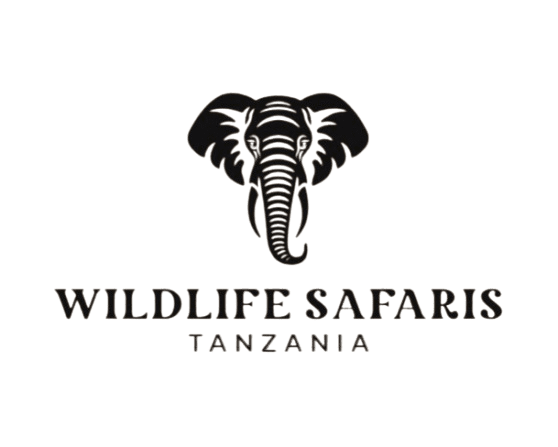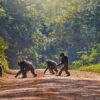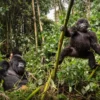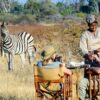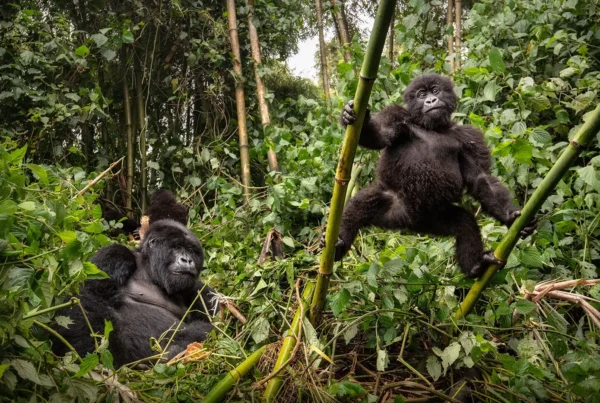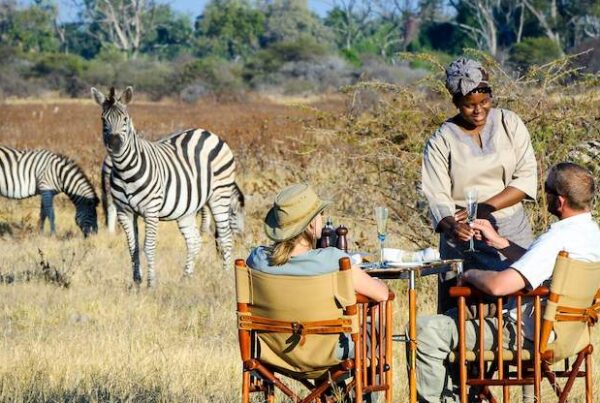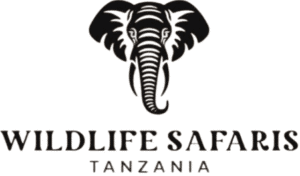Ways to Escape the Masses at the Serengeti
The most prominent wildlife refuge in Tanzania is Serengeti National Park. This northern park spans 14,763 square kilometers and is home to an unprecedented quantity of animals. Attracting around 500,000 people annually, the park is known for the world’s greatest animal migration—the wildebeest migration.
Safari guides frequently bring their clients to the areas surrounding the Mara River crossings during the months of July, August, and September, when the migration is at its height. Central Serengeti is a popular destination for tourists for several reasons, including the migration and the pursuit of the Big Five, big cats, and other wildlife.
Is the Serengeti’s reputation for crowds enough to make you stay away from this iconic site? No, since we’ve figured out special tricks to beat the crowds without violating the park’s regulations or harming the animals from our years of expertise bringing tourists here. If you’re planning a safari to the Serengeti and want to know how to dodge the crowds, this article is for you. Certainly, I think we should do just that.
1. Look at the big picture, not at any one thing.
The Serengeti is home to countless amazing creatures. If you’d rather not rush to see just one attraction, you may take your time touring the entire national park. The Mara River bridges, for instance, are a popular attraction for visitors to the park’s northern section. Consequently, a large number of safari jeeps congregate at crossing spots in the hopes of witnessing a crossing that may or may not materialize that day. Tourists still vie for a space if it does occur.
However, there is a workaround: you may broaden your search to include other areas’ species. You can observe local fauna to the south if many tourists are going north to view river crossings. Animals such as cheetahs, impalas, leopards, and lions are possible sightings here. Additionally, this area is peaceful at this time, which will enhance your vacation.
2. Keep tabs on the whereabouts of uncommon animals.
The crossings of the Mara River are well-known. They have been featured in innumerable nature videos and documentaries produced by National Geographic. However, there is more rivalry to have a front-row seat to see these crossings than ever before.
You can visit less well-known crossings, such as the Grumeti River’s, because the Mara River crossings are well-known. They don’t have much fame and only see a handful of cars. This is the best place to see animals in their natural habitat. Despite this, the western Serengeti is home to a wide variety of permanent residents, including as buffalo, elephants, and lion prides.
3. Arrange your vacation for the off-peak or shoulder seasons.
Steer clear of peak seasons if you like peaceful animal viewing. Summer (June–October) and winter (late December–early January) are peak tourist months in the Serengeti. There is a mad dash of visitors trying to get over the rivers or spend Christmas in the Serengeti National Park’s expansive wildness.
From January through March, the Serengeti is rather calm, but there is still a lot to see because the weather is dry and pleasant. During the calving season, around 500,000 calves make their way to the southern plains. In February, the birth of up to eight thousand calves occurs simultaneously, marking the peak of this phenomenon. Plus, you can spot more bird species.
4. Remain in privately owned conservancies or reserves.
A number of private conservancies and reserves surround the Serengeti. Furthermore, the absence of a fence allows animals unrestricted movement to and from these designated regions. To the west are Singita Grumeti Reserve and Ikorongo Game Reserve; to the south is Mwiba Wildlife Reserve; and to the northeast is Loliondo Game Controlled Area.
Despite the exceptional experiences they provide, these reserves get the fewest visitors. Safari activities like as off-road game driving, walking safaris, and night game drives are available, in addition to those that are not allowed in the main park. Mwiba Lodge, Singita Sasakwa Lodge, and &Beyond Klein’s Camp are just a few of the luxurious camps and lodges that you will have access to.
5. Make your way to the park’s less popular spots.
Large is the Serengeti. The park spans 14,763 square kilometers, and wildlife abounds in every corner. Therefore, you should stay away from Seronera and other heavily populated locations. Discover the lesser-visited southern Serengeti. The presence of cheetahs, leopards, and lions is consistent throughout the year in this area. This cycle also includes the time when the cows give birth. You may also visit the western Serengeti, an area mostly untouched by human activity.
Another option is to hire a private safari vehicle and drive throughout the Serengeti. Because gas is not an issue when you rent a private safari vehicle, you may drive all the way to the park’s most remote areas.
6. Appreciate the small things.
You might fixate on little details rather than scouring the landscape for spectacular animal sightings that draw in several safari cars. Explore the area surrounding your camp or lodge on foot. Seek out critters of various sizes, including birds, reptiles, insects, and more. Along the way, you’ll spot some very big animals.
The final verdict
At least you’re prepared to make the most of your Serengeti safari experience, no matter how busy it gets. In addition, our guides will be available to ensure that your safari is unforgettable. Is your next African journey in your future? Get in touch with our professional safari planners for assistance.
